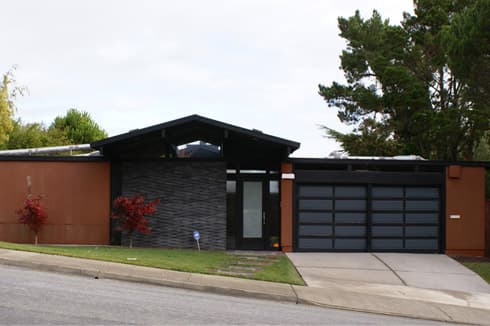How to Get a Low Rate Second Mortgage
- Take the right steps to prepare for a successful mortgage application.
- Figure out what kind of loan best suits your needs.
- Shop around to obtain the best loan, comparing costs and interest rates.
How to Get a Great Rate on a Second Mortgage
You can improve your chances of qualifying for a low rate second mortgage by following a few simple steps. Before you apply for a loan, you should ensure that your credit history is clean, confirm you have enough equity to qualify, and determine which second mortgage is the best option for your needs and financial situation. Next you can shop for a low rate second mortgage lender and compare offers.
Confirm Your Credit History Is Clean
Even though you already own your home, prospective lenders will check your credit history to verify that you're paying your current loan on time, haven't recently taken on any large debts, and haven't recently been delinquent on any debts or filed for bankruptcy.
Before applying for a low rate second mortgage, check your credit reports to make sure they don't list any errors. If you have legitimate recent black marks, do what you can to correct them. Recent dings on your credit can result in a higher rate home equity loan. You should also check your credit score to see what rate you're likely to qualify for.
Confirm Your Current Mortgage Balance and Home Value
When deciding how much money to borrow, you should first confirm that you and your primary lender agree on how much you still owe. If your numbers don't match the bank's, make sure all your payments have been processed properly.
You can use a variety of real estate Web sites to assess your home's current market value. It may not be as much as you think if the market is on a downswing. A lower market value will limit the amount you can borrow against your equity. Some lender's cap the CLTV, the combined balance of your first and second mortgages compared to your home's value, at 80%.
Determine Which Second Mortgage Option is Best
Before applying for a loan, decide what you plan to use the money for. Total up all the expected costs and add a little extra to cover unanticipated costs if you're using the money for remodeling or college tuition, but not so much that you're tempted to use the money for unrelated purchases. Remember that you are risking your home, so borrow wisely. Only borrow an amount you can afford to repay and only for items that will directly improve your home's resale value, your financial situation, or your child's or your future earning potential.
Once you have decided how much to borrow, you can decide whether a home equity loan or home equity line of credit is a better choice. A home equity loan lets you borrow a single lump sum and pay it back over time at a fixed rate. A home equity line of credit (HELOC) allows you to borrow smaller amounts when you need them and then pay them back over a period of time at a variable interest rate. If you're consolidating debt or embarking on a small home remodeling project that will be completed quickly, then a lump-sum loan is preferable. If your remodeling project will take several months or you'll need periodic college tuition payments, then a HELOC is a better choice.
Choose a Low Rate Second Mortgage Lender
Don't accept a loan automatically from the first lender you find. Instead shop for the best mortgage you can find. The internet is a great resource to help you determine what kind of second mortgage rate you can expect. You should approach two to three reputable lenders, checking interest rates and comparing estimates of your APR, fees, and other costs. When choosing your lender, compare all those factors and decide which is best. Once you've selected a lender and begun the application process, your preliminary work should help the process go smoothly and quickly.
